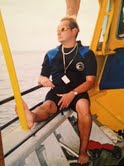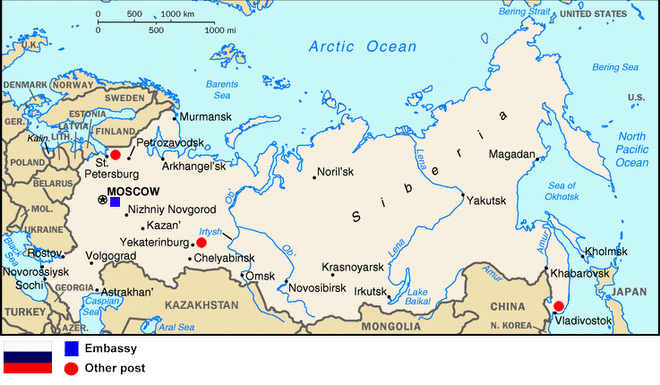Sadly yesterday we saw the first fatal air crash in Russia of 2007. UT Air Flight 471 crashed while attempting to land. Wikipedia, with grim efficiency, already has an entry on the incident.
Actually, this entry originally had an error in it (it happens, only occasionally, on Wikipedia). Citing an early Reuters report, it suggested that UT Air was banned by the European Union from flying to/in EU airspace, on safety grounds. This not true: there are no Russian airlines banned by the EU: the most up-to-date EU blacklist is here, so yours truly deleted this reference from the Wikipedia entry.
You can see the actual Tupolev 134A involved in this crash (library photo) here: Tu134-A, registration RA-65021 was thirty one years old. Russian Federal Transportation Minister, Igor Levitin, said in February this year that the aging Russian medium-haul airliners (Tu-154s and Tu-134s) would be phased out of commercial use within the next five years. The principal craft to replace them will be the Sukhoi 'SuperJet 100' RJ (regional jet), being built in conjunction with Finmeccanica / Alenia of Italy. The first jets should hit the skies for testing around 2009, although little birds tell me major commercial use of them won't happen until 2011/2012.
The cause of yesterday's UT Air accident is almost certainly pilot error: the cockpit crew seems to have brought the plane down short of the runway by about 400 metres, causing the plane to 'bounce' and flip. There is also talk of landing gear failure and the pilot actually attempting an emergency landing, but this is not currently confirmed.
In any case, the principal contributing factors will be pilot error (landing short) and bad weather (freezing fog). I am not sure if that airport, or for that matter the Tu-134A, have ILS - instrument landing system -to maintain the appropriate glide path in poor visibility; and as I understand it, this seems to have been almost a category IIIA landing ('blind' landing). Of course, though, even the old second generation 134s have radar (housed in the distinctive glass-windowed nose cone).
It was remarkable, actually, that so many people survived: however, the Tu-134, like other Tupolev's, shares its evolutionary background with the old Tu-16 bomber and they have all unusually strong hulls. Indeed, there is even recorded history of a Tu-154, operated by MALEV Hungarian Airlines, surviving after the pilots landed, having forgotten to lower the landing gear (link to Russian language report). Having hit the deck (and realised what had happened) the pilots revved up and took off again (metal sparking all over the runway), before going around and making a conventional landing). You try that in any Boeing or an Airbus and you will be a corpse.
Sunday, 18 March 2007
Subscribe to:
Post Comments (Atom)





1 comment:
Well, I'm glad Russian's build sturdy aircraft because they suck on safety. I can not believe the flight control around St. Petersburg is just now being narrowed down from 120 to just 10 control points. 120 would lead to some confusion and even pilot error. Just make sure to smell your pilots breath before you get on.
Post a Comment